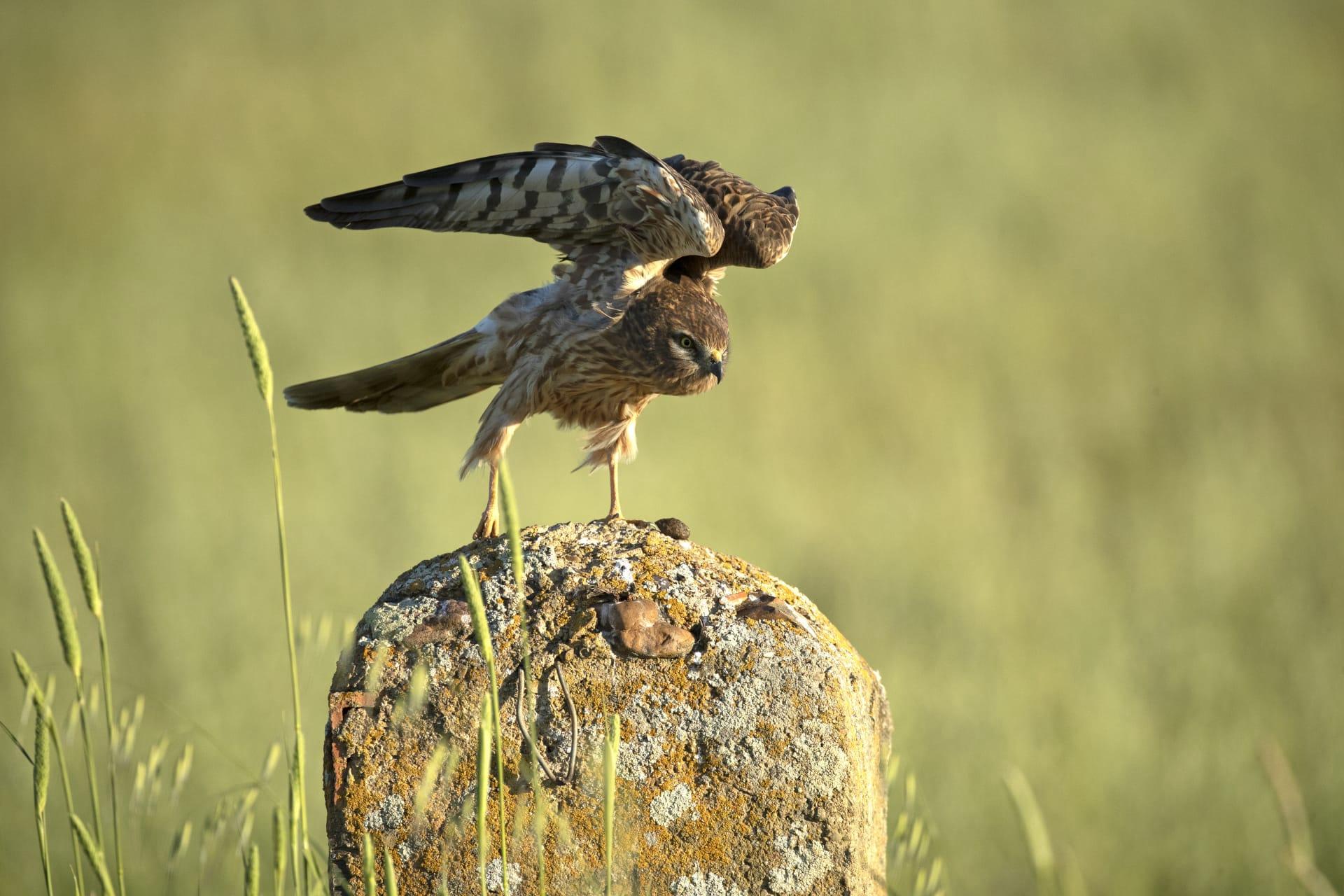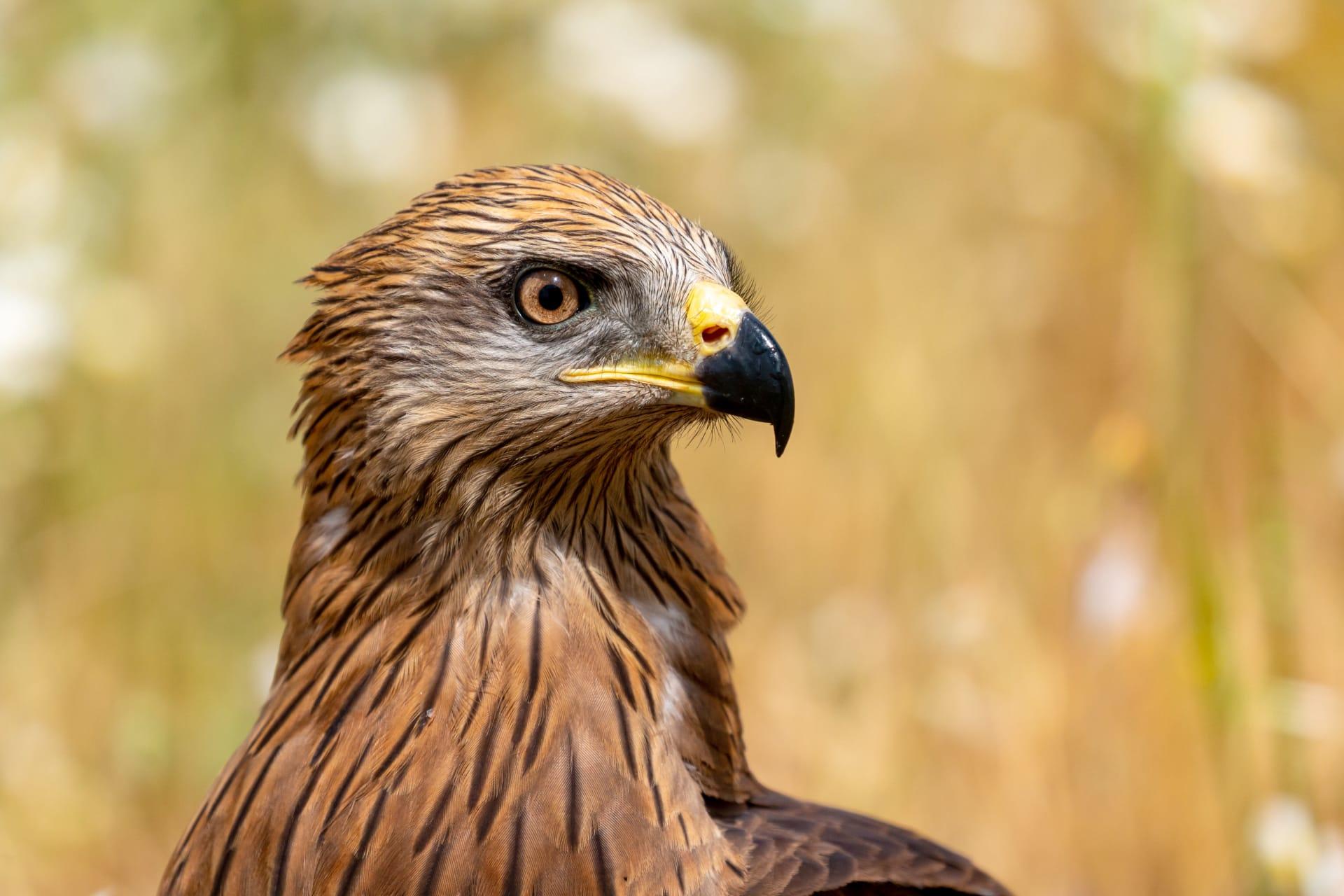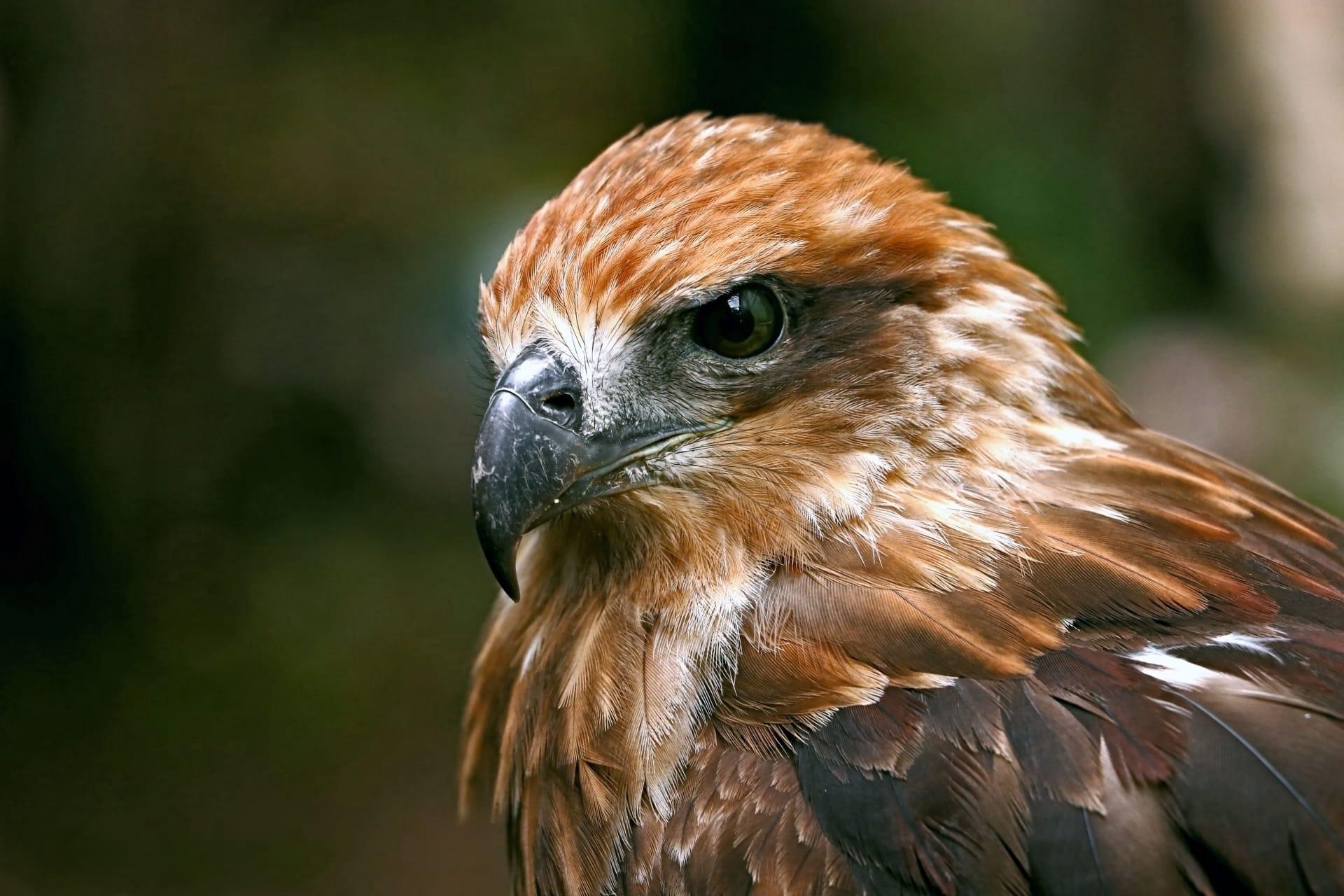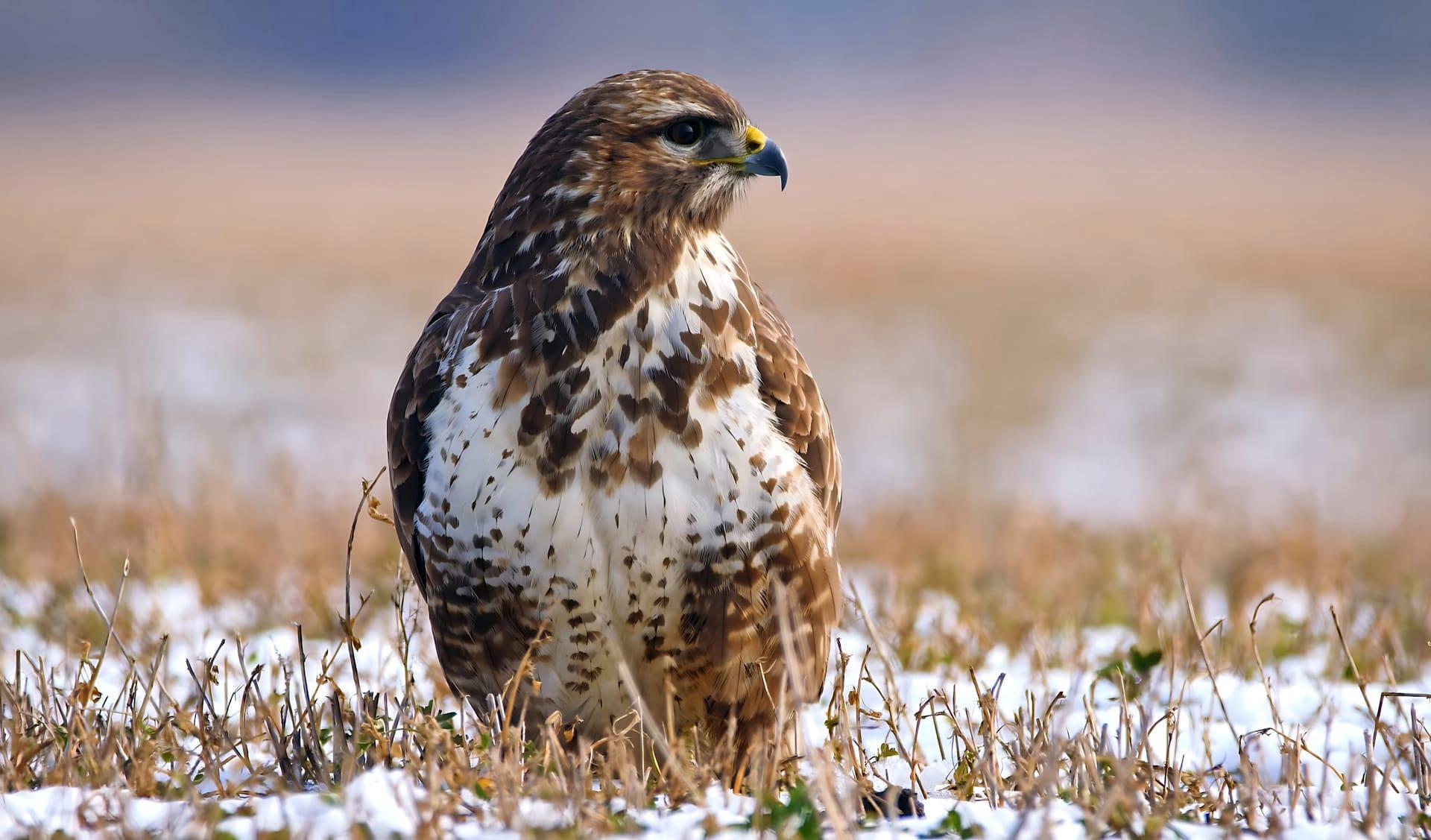Red Tailed Hawk Trivia
- Home /
- Trivia Question /
- Animal /
- Red Tailed Hawk Trivia
1
Question: What distinguishes the Red Tailed Hawk's appearance from other hawks?
Answer: The Red Tailed Hawk, scientifically known as Buteo jamaicensis, is notably recognized for its striking rust-colored tail, which is particularly vivid in mature birds. Adults possess this distinctive feature, contrasting with their predominantly brown and white plumage. The wingspan of these hawks ranges from 45 to 52 inches, and they display a characteristic broad, rounded wing shape with a short, wide tail, aiding in identification.
Question: How does the Red Tailed Hawk's diet vary across seasons?
Answer: The Red Tailed Hawk is a versatile predator, adapting its diet according to seasonal availability. During spring and summer, it primarily preys on small mammals like voles, mice, and rabbits. In the colder months, the hawk's diet shifts to include more birds and carrion. This adaptability in feeding habits reflects the hawk's keen hunting skills and its role as a top predator in various ecosystems.

2
Question: Is it true that Red Tailed Hawks mate for life?
Answer: While it's a common belief, Red Tailed Hawks do not strictly mate for life. These birds are generally monogamous for a season, forming strong pair bonds. However, if one partner dies or disappears, the remaining hawk will usually find a new mate. This flexibility ensures their survival and ability to reproduce, maintaining the population.
Question: Do Red Tailed Hawks attack humans or pets?
Answer: Contrary to some misconceptions, Red Tailed Hawks rarely pose a threat to humans or pets. They are more focused on hunting small mammals and birds. Instances of hawks attacking larger animals are extremely uncommon and usually occur only if they feel threatened or are protecting their nests.

3
Question: How do Red Tailed Hawks communicate?
Answer: Red Tailed Hawks have a rich repertoire of vocalizations, used primarily for communication between mates and signaling territory. Their most famous call is a piercing, two-to-three-second scream, often heard in movies as a generic bird of prey sound. They also use body language, such as soaring and diving, to communicate with each other, especially during courtship displays.
Question: What role do Red Tailed Hawks play in their ecosystem?
Answer: Red Tailed Hawks play a crucial role as apex predators in their ecosystems. By controlling populations of rodents and other small mammals, they maintain ecological balance. Their presence indicates a healthy environment, as they require a substantial territory with abundant prey and nesting sites.

4
Question: How long do Red Tailed Hawks live in the wild?
Answer: Red Tailed Hawks have a relatively long lifespan for birds of prey, typically living around 10 to 15 years in the wild. However, some individuals have been known to live over 20 years. Factors affecting their lifespan include food availability, habitat quality, and predation risks.
Question: What challenges do Red Tailed Hawks face for survival?
Answer: The main challenges for Red Tailed Hawks include habitat loss due to urbanization, pesticide exposure affecting their prey, and collisions with vehicles and structures. Conservation efforts focus on preserving their natural habitats and ensuring a healthy food supply to support their populations.

5
Question: How do Red Tailed Hawks raise their young?
Answer: Red Tailed Hawks are attentive parents. They build large nests, often in high trees or on cliffs. Both parents help incubate the eggs, which hatch in about a month. The chicks, or eyasses, are fed and protected by both parents for several weeks until they fledge. Parental care continues until the young hawks are ready to hunt independently.
Question: Can Red Tailed Hawks adapt to urban environments?
Answer: Remarkably, Red Tailed Hawks have shown a significant ability to adapt to urban environments. In cities, they utilize tall buildings for nesting and find ample food sources in urban parks and green spaces. Their adaptability to urban life is a testament to their resilience and versatility as a species.